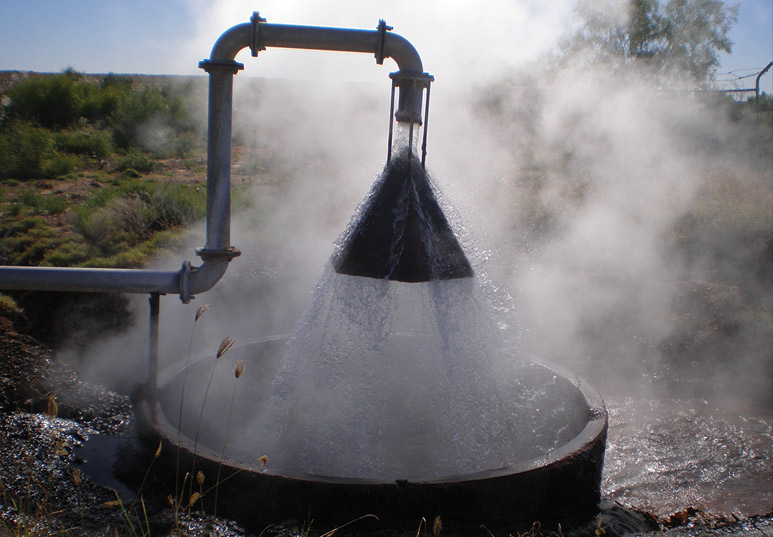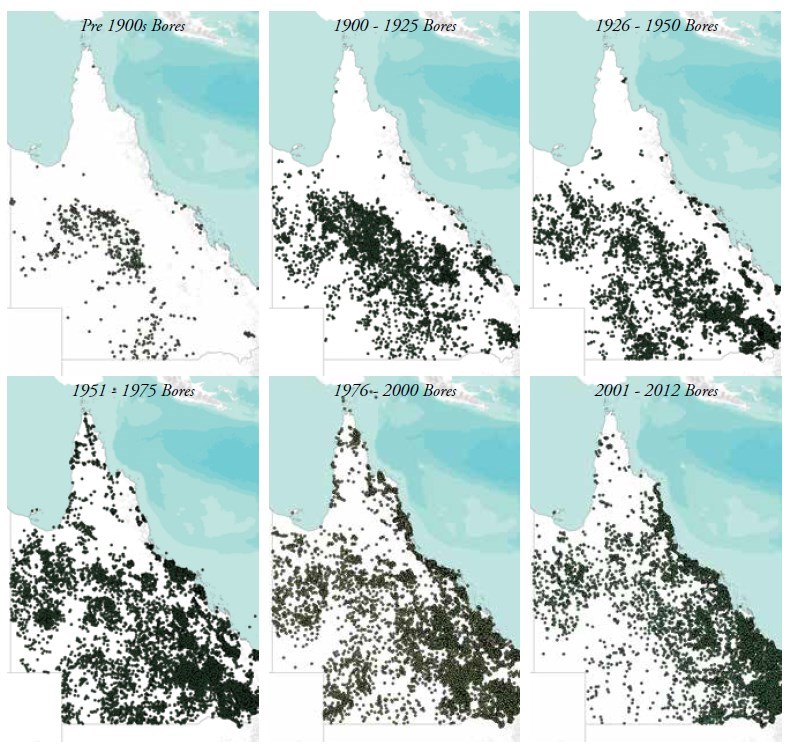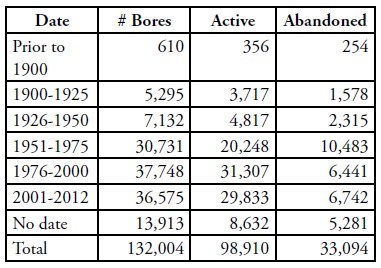Flashback Fridays: The Great Artesian Basin as an Urban Water Source

In 1891 there was an extended debate in parliament about the need to conserve artesian water because of the increase in the number of bores. It was suggested by Premier McIlwraith [“an ardent if sometimes delinquent capitalist” (Powell 1991)] that they be metered and charged volumetrically but that the water resource should be the property of the State. He also suggested that the Government bores might be sold off to private interests. This was opposed vehemently by Thomas Glassey [“Australia’s first self-proclaimed Labor M.P.” (Powell 1991)] who said “I do not think that water, above all things, should be in the hands of private persons. I think it is a proper thing that public bodies should superintend and control water for the use of the people and the stock of the country.”
Cognisant of over-use of artesian supplies in America and Britain, in the early 1890s State Government officers called for conservation of artesian water.
“Judging, as usual, by their own recent and current experience, the pastoralists considered that advice either eccentric or unreasonable – it was as if they were to be treated like greedy school children at their grandmother’s table: everything in the official statistics indicated a naturally renewable gift, and they did not take kindly to scare-mongering over their supposed waste and over-consumption” (Powell, 1991). This led to the unsuccessful Water Supply (Wells and Tanks) Bill 1891 which proposed that the State would be the owner of all resources including sub-artesian water, and all wells would need meters with extraction charged by volume.
An Act was introduced in 1933 to 1935, largely because of a belief that the State was going to run out of artesian water in 20 years, whereby all bores in the artesian basin in Queensland had to be registered. The diminution rate of flow at that stage was 3% a year.
The Government decided to register bores so as to have some control over the use of water (Pullar and Cook 2001).
A formal program commenced in Queensland only in 1989, and after a special committee had been established in 1987. Prior to this, owners were encouraged to recondition their bores, with no charge for technical assistance or supervision. The main impediment to the formal program, as is often the case, had been funding arrangements. Eventually, an agreement was reached where the Federal and State Governments would each contribute 40% of the cost and the owner 20%.


Feature image: Birdsville bore
Back to list